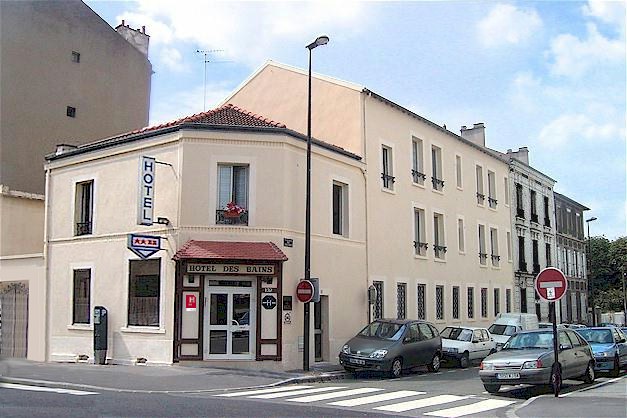In 1970, Swiss physicist Martin Schadt created the world’s first flat-panel liquid crystal display, better known as an LCD. Working in a lab at the pharmaceutical company F. Hoffmann-La Roche in Basel, he discovered that jolting liquid crystals with electricity would cause their spiral molecular structures to ‘unwind’ and become opaque.
The next step was to sandwich the crystals between two plates of plastic attached to an electric grid. By activating only tiny sections of the grid at a time, Schadt discovered that individual « pixels » could be manipulated with electricity to alter their light transmission, making them appear either transparent or opaque. Their low energy requirements meant LCDs could be operated with ordinary batteries, optimising them for consumer use.


